1. Over-the-Top Color Choices

Painting every wall in bold neon or dark colors might feel personal, but buyers usually prefer neutral tones. Bright, unconventional colors can make spaces feel smaller and harder to visualize with furniture. When someone walks in, they want to imagine their life there—not be hit with your favorite lime green accent wall. That instant disconnect can actually lower a home’s perceived value.
Sticking with soft grays, beiges, or creams creates a blank canvas for potential buyers. Even if you love personality in your home, too much can scare off interest. Remember, most renovations are judged by how they appeal to the broadest audience. That means sometimes dialing down your unique style is a smart financial move.
2. Excessive Open Floor Plans
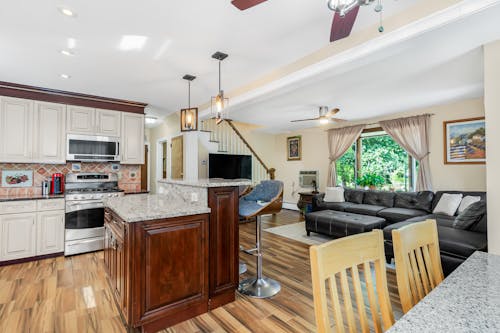
Knocking down every wall may sound trendy, but too much openness can kill coziness. Open floor plans are great for social areas, but if every room blends together, buyers might feel a lack of privacy. This can particularly hurt families who want separate bedrooms, offices, or play areas. The home may feel spacious but functionally awkward, which can lower resale value.
Renovating with defined spaces in mind often pays off more than chasing the latest trend. Open up key areas, like the kitchen to the living room, but maintain some separation. Thoughtful layouts keep flow intact while respecting room functions. Buyers notice when rooms serve a purpose, and that boosts their confidence in the home.
3. DIY Electrical or Plumbing Work
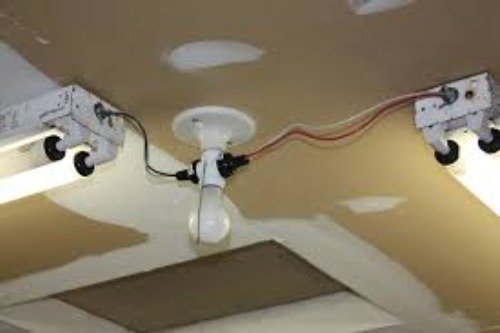
Trying to save money by doing your own wiring or plumbing might backfire spectacularly. Faulty work can be dangerous, and buyers will see it as a major red flag. Even minor mistakes might require a licensed professional to fix before closing. The perceived risk alone can reduce your home’s market value.
Licensed work shows up on inspection reports and reassures buyers. They want to know everything functions safely and efficiently. Skipping this step may cost more in the long run than hiring the right professional upfront. It’s one renovation area where cutting corners can actually cut value.
4. Overly Custom Kitchens
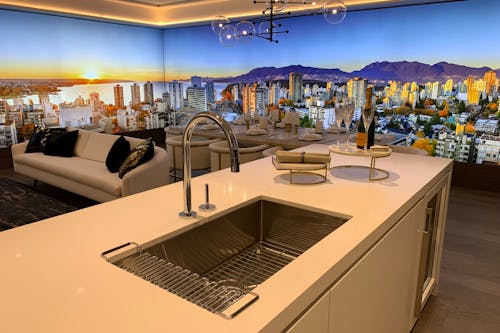
Personalized kitchens with unusual layouts or themed appliances can be a deal-breaker. A kitchen that fits only one style or appliance type limits the appeal to others. Buyers may feel they’ll need to spend thousands remodeling immediately. That’s a strong incentive to offer less for the property.
Neutral, versatile kitchens tend to attract more interest. Standard layouts and timeless materials make it easier for buyers to picture themselves using the space. Even minor tweaks like updated cabinets or countertops can feel modern without being polarizing. Remember, your dream kitchen might not be everyone else’s.
5. Cheap Flooring Choices
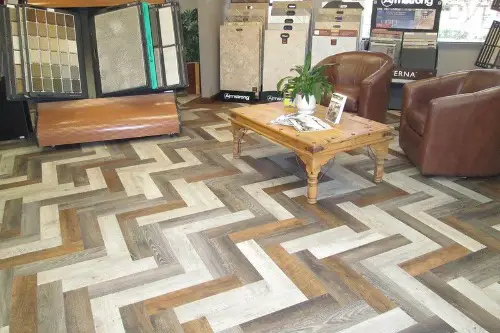
Using low-quality laminate or thin vinyl might save money, but it screams “temporary fix.” Buyers are willing to invest in homes with durable, attractive flooring. Poor flooring can also look worn out quickly, even when new. That first impression can subconsciously lower perceived value.
Opting for solid hardwood, quality tile, or well-installed luxury vinyl can make a huge difference. Durable floors also reduce future maintenance worries for buyers. People tend to focus on how a home feels underfoot, not just visually. Investing in good flooring usually pays off in the long run.
6. Overbuilding for the Neighborhood
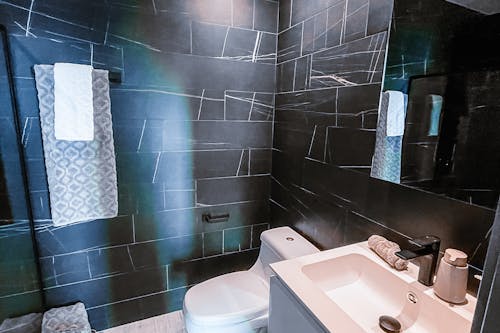
Adding a giant master suite or luxury bathroom that’s far beyond the area’s average home can hurt resale. Your upgrades might be impressive, but buyers in the neighborhood may feel it’s overkill. They may worry about property taxes, maintenance, or difficulty reselling. Overspending doesn’t always translate to higher returns.
It’s smart to match your renovations to local norms. Check comparable homes and their features before investing heavily. Aim for improvements that enhance, not overshadow, the neighborhood. Overbuilding creates a disconnect between your home and potential buyers’ expectations.
7. Excessive Trends in Fixtures
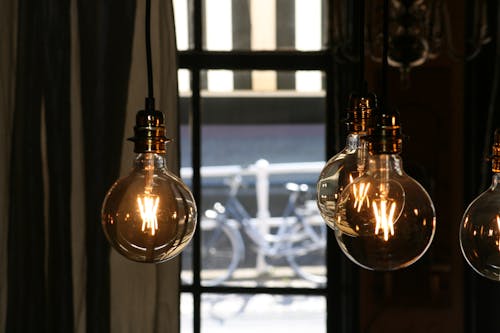
Trendy light fixtures or faucets can feel dated quickly. While “Instagram-worthy” pieces are fun, they might be a turnoff to buyers who prefer classic designs. What’s stylish now can feel obsolete in a few years. That dated look can quietly decrease appeal and value.
Classic, versatile choices usually age better. Nickel, bronze, or simple matte black finishes are broadly appealing. They complement various styles and allow buyers to add personal touches. Being cautious with trends helps protect your investment.
8. Carpet in Wet Areas
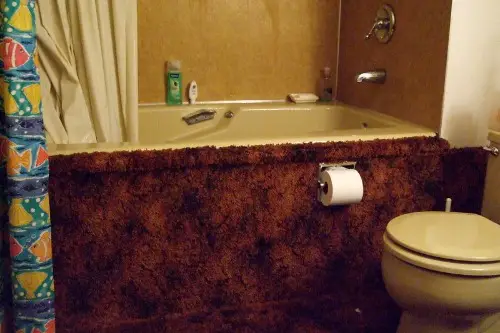
Installing carpet in bathrooms or kitchens can feel cozy but is almost always a bad idea. Moisture, spills, and hygiene concerns make carpet impractical in high-traffic wet areas. Buyers may immediately see it as a flaw they’ll need to fix. This can reduce offers or lead to lower appraisals.
Water-resistant flooring like tile or luxury vinyl is much more appealing. It looks polished, lasts longer, and is easier to maintain. Even small improvements like these signal attention to detail. Smart flooring choices can quietly boost perceived value.
9. Overly Personalized Landscaping
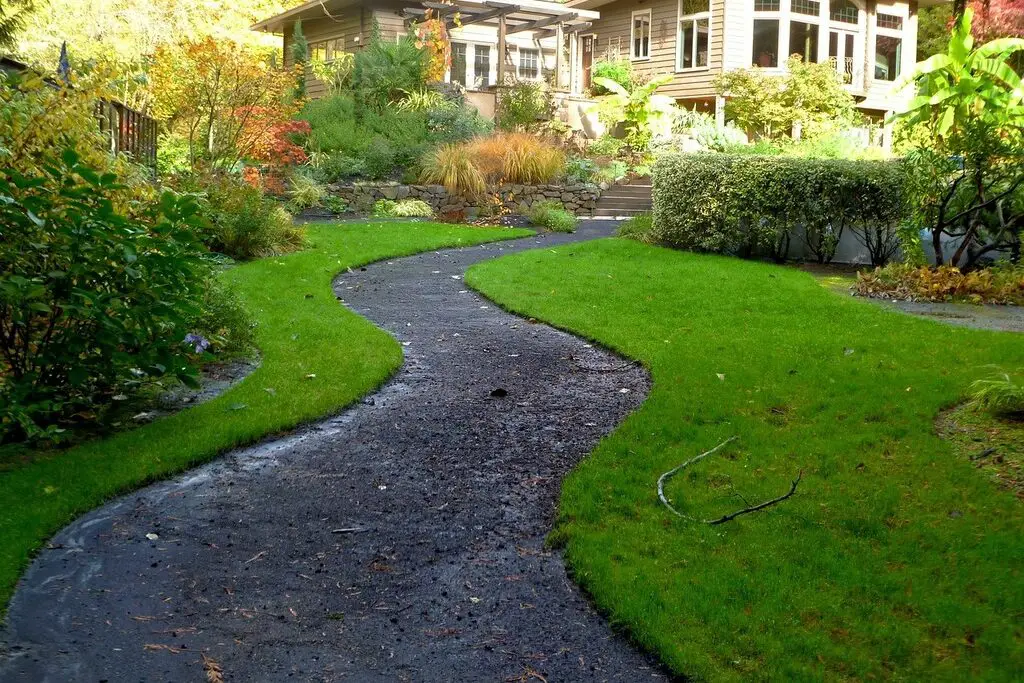
Bright, unusual plants or whimsical statues might reflect your taste, but they can alienate buyers. Landscaping that’s too specific may feel high-maintenance or not fit local styles. Buyers often want a neutral canvas they can easily modify. Excessive personalization can cost you potential offers.
Subtle, well-kept landscaping attracts the widest audience. Think clean lines, manageable plants, and curb appeal that complements the house. Small adjustments like trimmed hedges or fresh mulch can make a home feel inviting. Landscaping should entice without overwhelming.
10. Knocking Down Every Closet
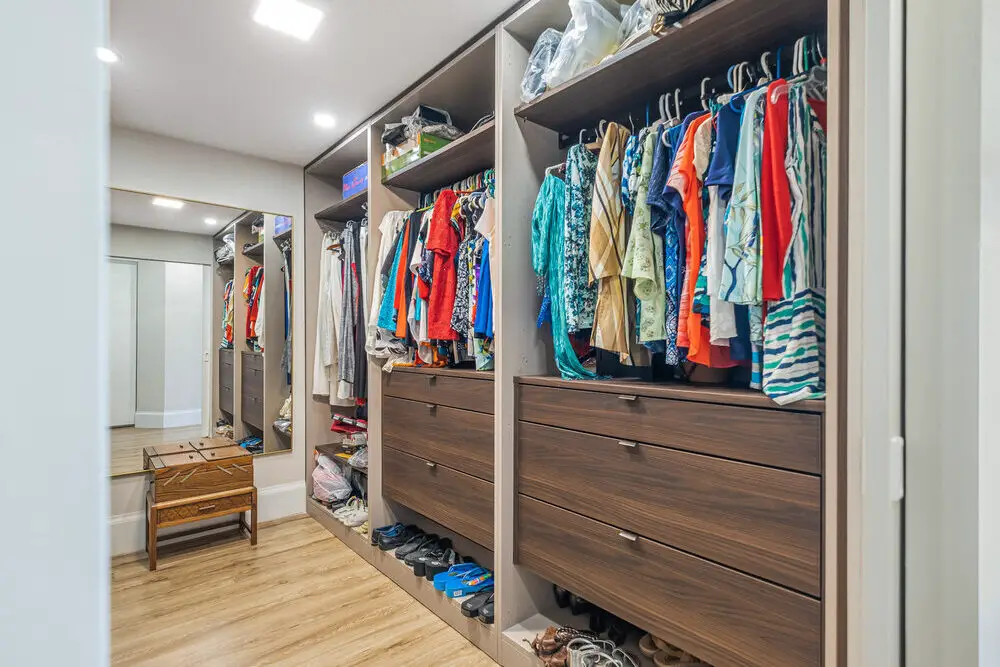
Removing or shrinking storage for the sake of open space is a big mistake. Buyers want practical storage solutions—walk-in closets, pantry space, and linen closets are valued features. A lack of storage can make a home feel cluttered or cramped. That’s a turnoff that reduces value quietly but significantly.
Retaining or upgrading closets often pays off more than creating extra floor space. Even small closets with smart shelving add real functionality. Storage is one of those details buyers notice subconsciously. Losing it can easily overshadow other renovations.
11. Ignoring Energy Efficiency

Old appliances, single-pane windows, or outdated HVAC systems can drag down a home’s appeal. Buyers are increasingly aware of utility costs and environmental impact. Homes that feel inefficient can be seen as money pits. Energy upgrades often have a strong return on investment.
Simple improvements like LED lighting, smart thermostats, or energy-efficient appliances signal a move toward modern comfort. Buyers appreciate lower utility bills and fewer upgrades needed after purchase. Efficiency upgrades subtly increase desirability. They quietly protect your home’s value.
12. Removing Character Features
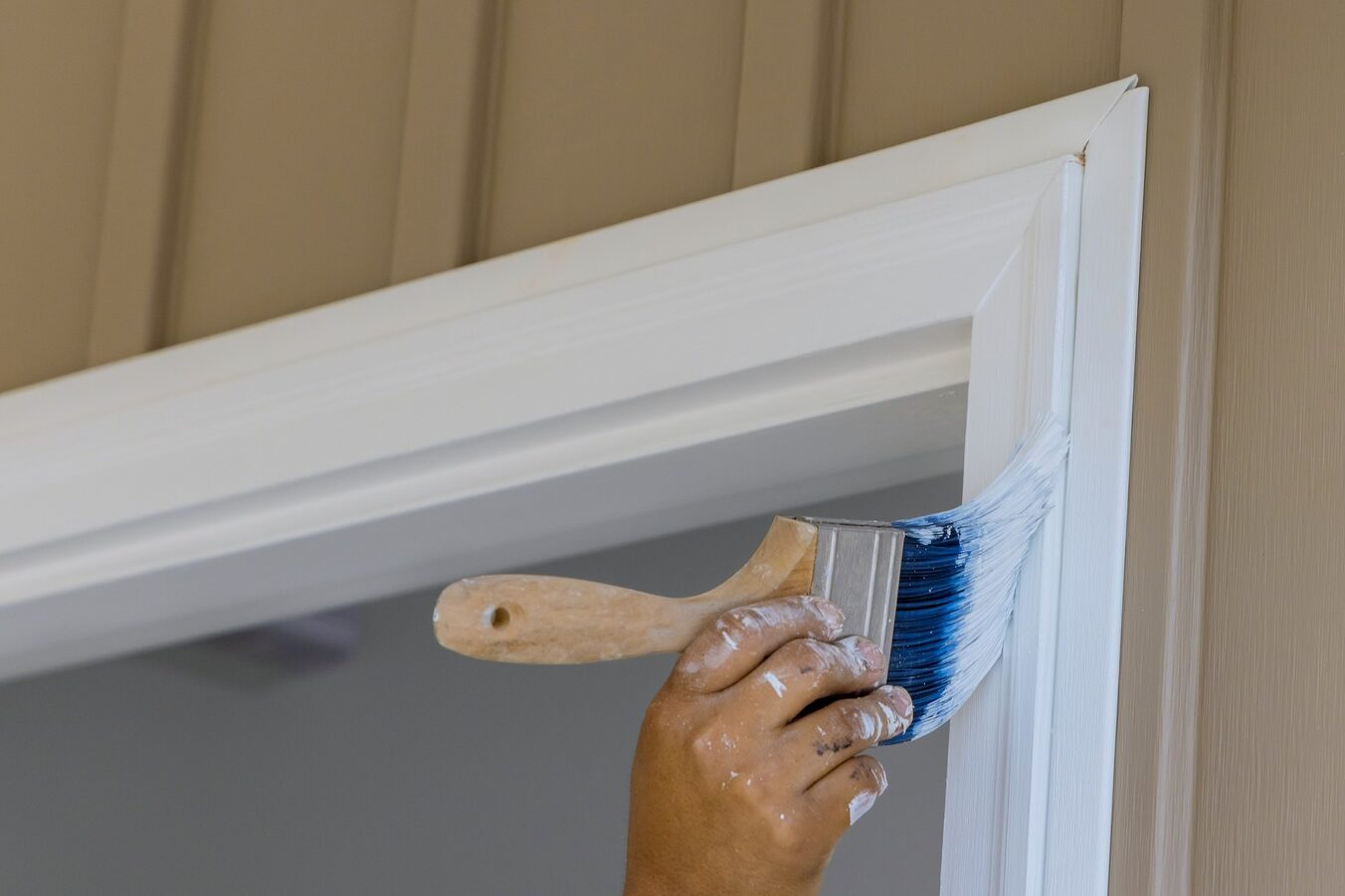
Stripping a home of its original features—like crown molding, wood beams, or built-ins—can erase charm. While modern updates are tempting, these architectural details often define a home’s identity. Buyers looking for character may downgrade their perception if it’s gone. Modernizing doesn’t always mean demolishing.
Balancing updates with preserved features can increase value. Restored original elements often make the home feel warm and unique. A tasteful mix of old and new appeals to a wider audience. Don’t underestimate the power of subtle historical charm.
13. Overloading Technology

Smart home gadgets can impress, but too many sensors, cameras, or systems can feel intrusive. Buyers might worry about privacy or complicated tech they don’t understand. An overly automated home can make them hesitant. Excess tech can overshadow more practical features buyers actually value.
Focus on upgrades that make life easier without overwhelming the senses. A single smart thermostat, security camera, or lighting system is enough to add convenience. Buyers appreciate simplicity alongside functionality. Keep tech subtle to enhance value, not confuse it.
14. Cheap Bathroom Upgrades
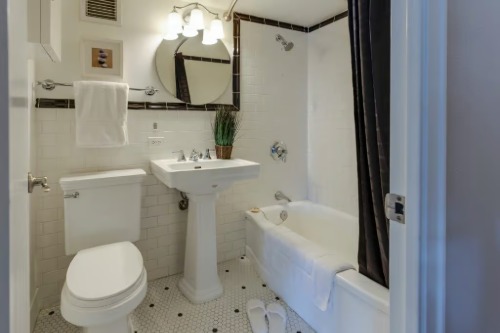
Inexpensive materials like low-end tile or poorly installed vanities can make bathrooms look flimsy. Bathrooms are high-traffic areas, and buyers notice durability immediately. A half-hearted renovation can feel like a temporary fix. That impression can lower the overall perception of the home’s quality.
Investing in mid-range or quality finishes pays off in resale. Durable surfaces, well-installed cabinets, and quality fixtures make a bathroom feel solid and fresh. Buyers are willing to pay more for spaces that feel well-built. Cutting corners here can quietly shave value off your home.
This post 14 Renovation Decisions That Quietly Devalue a House Overnight was first published on Greenhouse Black.
